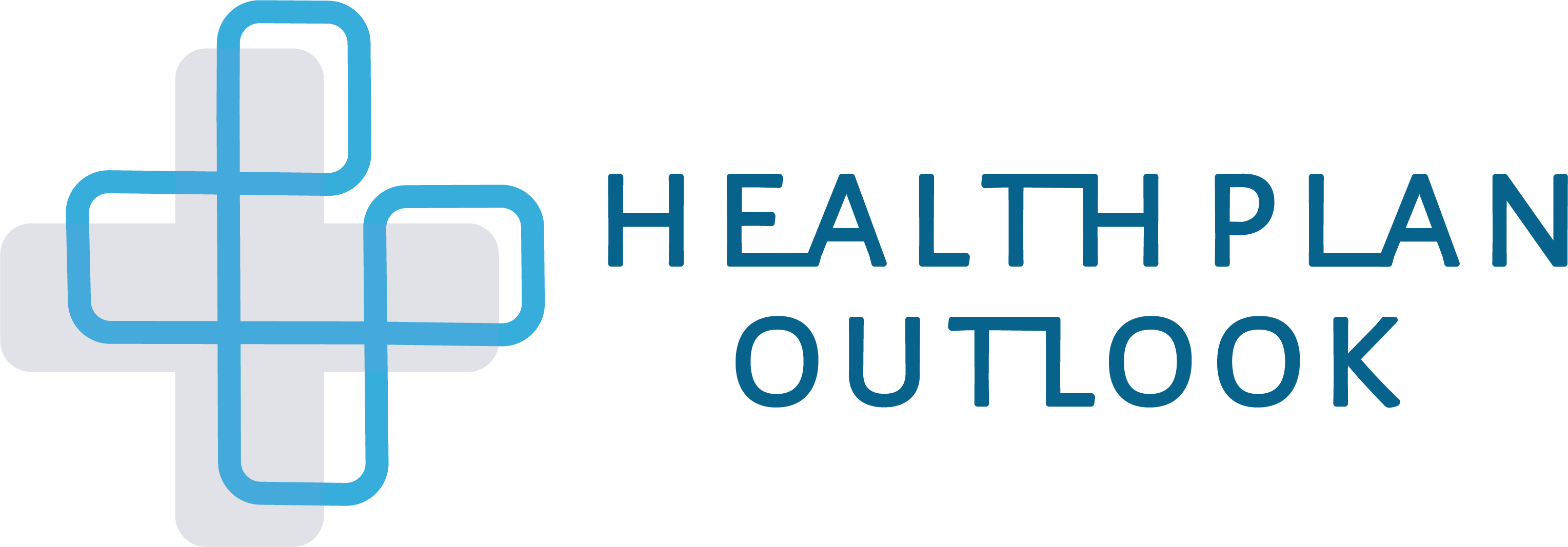It Seems A Lot of Medicare Plans are Partnering with Preferred Pharmacies – What Does This Mean For Me?
Today, one of the biggest expenses that most seniors have is that of prescription medications. This is why having prescription drug coverage through either Medicare Part D or a Medicare Advantage plan is so important.
Yet, at times, understanding your prescription drug coverage can at times be somewhat challenging. There are many new terms to be aware of and procedures that you must follow in order to take full advantage of the cost savings that are available to you through your Medicare Part D or Medicare Advantage prescription drug plan.
In order to obtain the most from your benefit plan, it is important to understand the difference between a network and a non-network pharmacy, as well as a preferred and a non-preferred pharmacy. This way, you will be able to gear your prescription drug purchases towards the very lowest cost provider.
What is a Network Pharmacy?
Network pharmacies are those that have contracted with Medicare Part D prescription drug plans or Medicare Advantage plans in order to provide coverage to plan members. These pharmacies will allow Part D or Medicare Advantage plan members to obtain their prescription medications at a lower price. In fact, your prescription drugs will typically only be covered by your prescription drug plan if you have them filled at a network pharmacy that is in your plan.
Conversely, out-of-network pharmacies are those that do not have a contract with any specific Medicare Part D or Medicare Advantage prescription drug plan. In choosing to purchase your prescription drugs form an out-of-network pharmacy, you are likely to pay more for your medications than if you had them filled at a network pharmacy.
What are Preferred Pharmacies?
Preferred pharmacies are those that are in a network that have negotiated a lower amount of cost sharing on the covered prescription medications for the members that are in that particular plan.
What this means for these members is that certain costs that you pay out-of-pocket could be lower for your covered prescriptions that are purchased at a preferred pharmacy than if you were to purchase them at another location.
Although there may be non-preferred pharmacies that are also included in the plan’s pharmacy network, they will not likely be able to offer you your prescription medications at the same lower cost as the preferred pharmacies will – even though these pharmacies will still allow you to obtain your prescriptions at a reduced cost.
What this essentially means is that while you can still use a non-preferred pharmacy to obtain your medications, you will likely pay a higher price than you would pay at a preferred pharmacy – where you can truly maximize your overall savings.
There may be certain cases where there is not a preferred retail pharmacy location near you. However, oftentimes, you will still be able to take advantage of the preferred pharmacy price by using home delivery of your prescription medications that is offered through many pharmacies today.
With many preferred pharmacies, home delivery service is provided at no additional charge for up to a 90 day supply of your covered medications. When using this type of service, you can also oftentimes refill your prescriptions either online or via toll-free telephone line.
What is a Preferred Pharmacy Network?
Today, there has also been a rise in preferred pharmacy networks. These networks consist of a group of pharmacies that involve a prescription drug plan that selects an entire group of preferred pharmacies to participate in the plan.
Because of this, all of the pharmacies that are in the plan will be able to offer plan participants a larger discount than other, non-preferred pharmacies. Typically, these types of networks have been limited to a smaller number of select pharmacies or pharmacy chains.


Recent Comments